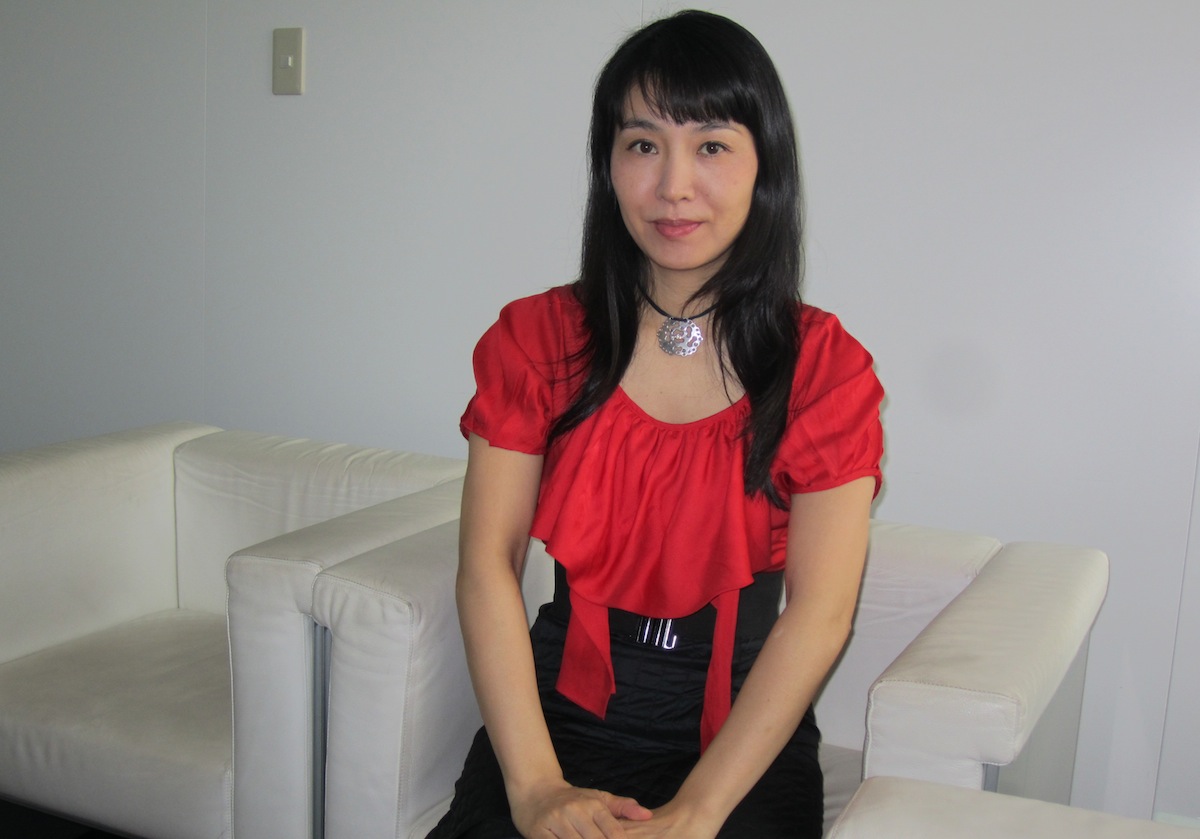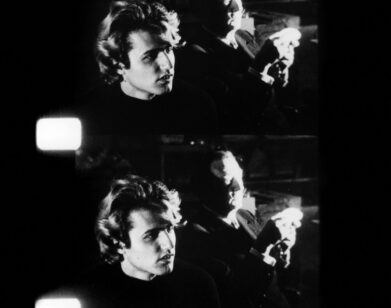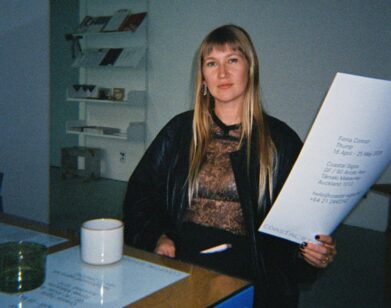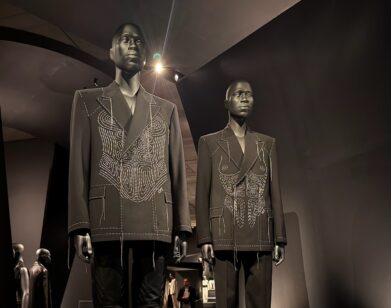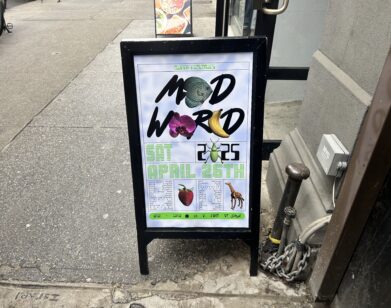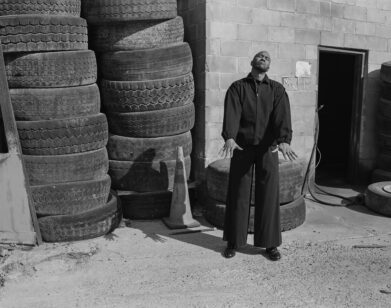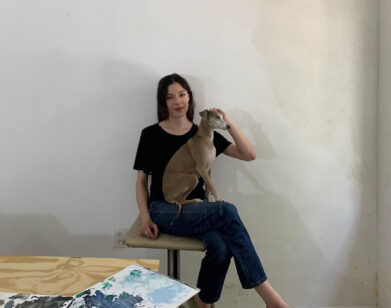Eastern Division
The concept of duality in the modern era has infinite interpretations—but has its limitations, too. In various geographical regions, the idea of maintaining a dual identity fluctuates in accordance with cultural norms, available technology, and history. Americans reflect on September 11 as a day of tragedy, while the Japanese vividly recall March 11. The group exhibition “Duality of Existence—Post Fukushima,” now on view at Friedman Benda in Chelsea, draws attention to these shifting identities through contemporary Japanese art.
“There is more to Japanese art than Murakami and Kusama,” co-curator Thorsten Albertz says. “We wanted to come up with a new response. Everybody talks about the traditional Japanese art, especially in the west.”
Co-curators Reiko Tsubaki, associate curator at the Mori Art Museum in Tokyo, and Albertz, former director of cultural programs at the Goethe Institute in Tokyo, bring together seven Japanese artists, three of whom have never shown in Manhattan. The artists question human existence through the current roles of social media, email, and virtual space in conversation with physical presence. The sculptures, collages, installations, videos, and a work of augmented reality reflect lasting effects of the TÅhoku earthquake and tsunami that threatened Japan with the thought of atomic catastrophe. The country became hyperaware of their physical existence when presented with a natural disaster unsolvable by the Internet.
“The Internet is directly connected to how we see space, a space you never leave,” Tsubaki says. “Something posted a long time ago co-exists with something new, and then in the universe you have the black hole. Everything in compressed in time and space. There is a similarity.”
Yusuke Suga’s Mediator—a sculpture consisting of a black racing suit and continuous loop of unending highway projecting onto the visor of a motorcycle helmet—greets visitors as soon as they walk through the gallery’s door. The projection of this unending yet continuously moving road subtly references Google Glass, suggesting the idea of infinite possibilities, while simultaneously being constrained to one singular path. Further into the gallery hangs another sculpture by Suga, Disaster (Climbing), which appears like a demolished and reconstructed rock-climbing wall. The work mimics the shape of a 24-cell geometric model, forcing viewers to reassess their physical existences and creating an impossible network of easily recognizable belaying cords and footholds. If one were to try to climb, he or she would never succeed; all illusions of safety and stability are shattered.
Other notable works in the show include two by Kazuki Umezawa: a large-scale digital print that, when viewed through one of two iPads, creates an augmented reality; as well as a multimedia collage that draws everything from spiritual beings like Buddha to city skylines and anime. An installation by the Japanese collective Chim↑Pom further complicates the exhibit’s theme, as the only female member of the group cannot enter the United States, and thus, her presence is represented via Skype and on a screen. A bone-white sculpture molded to artist Motohiko Odani’s head presents two layers of the self—one split open to reveal the interior—and hangs upside-down in the gallery’s final room. The fragile structure appears in front of two projections: one of a pendulum, the other of a heated iron ball falling through water toward a layer of glass. The pendulum swings and the ball occasionally breaks through the glass, but other times simply falls to the side; we await our death, but can’t know when it will come.
“DUALITY OF EXISTENCE—POST FUKUSHIMA” IS ON VIEW THROUGH AUGUST 9 AT FRIEDMAN BENDA, LOCATED AT 515 W 26TH STREET.

